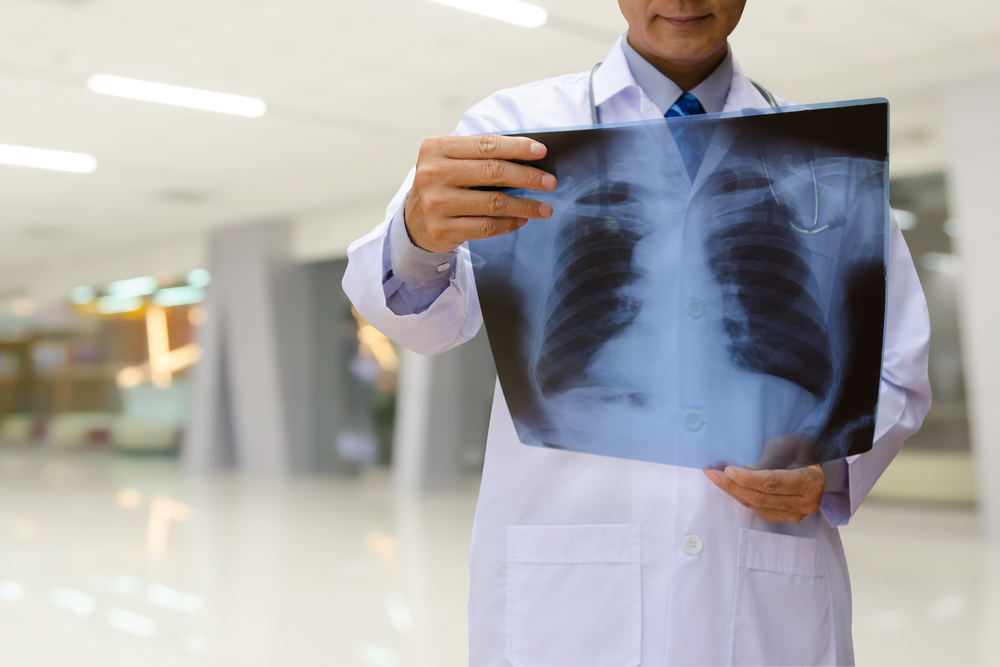Managing Scoliosis in Late-onset Pompe Disease

Late-onset Pompe disease can occur during a child’s largest phase of growth and development. This can have a major impact on how well the body develops, including the occurrence of scoliosis.
What is scoliosis?
Scoliosis is a sideways curve in the spine, and is often related to neuromuscular conditions, birth defects, or injuries or infections to the spine. Depending on the severity, it can cause changes in appearance such as uneven shoulders, hips, or ribs. If scoliosis worsens and goes untreated, it can lead to back pain and potentially cause breathing issues.
Doctors initially diagnose scoliosis through a physical examination followed by an X-ray for confirmation.
How is scoliosis related to Pompe disease?
Pompe disease leads to a progressive buildup of glycogen inside cells, especially muscle cells. This can lead to increasing damage to those cells. As a result, skeletal muscles weaken over time. When the muscles along the back weaken, they may not be able to support the spine, which can start to bend over time.
A study investigated the prevalence of scoliosis in patients with Pompe disease using the Pompe Registry, and found that a third of the patients in the registry had some form of scoliosis. The percentage was higher for several age group subsets of late-onset Pompe disease including 57% for children age 2 up to 13, and 52.9% for patients age 13 up to 20.
Patients who got symptoms later in life (age 20 or older) had a much lower frequency of 24.8%. This was likely because they had completed most of their growth phase.
The study also found that scoliosis was more frequent in wheelchair users and that it tended to get worse once patients were no longer able to walk.
What treatments are available?
Treatment options are usually dependent on the severity of scoliosis and the age of the patient. For those with mild scoliosis who are older and not likely to be growing much more, physiotherapy and massage therapy can help relieve stiffness and pain in the back.
For mild to moderate scoliosis in children that are still growing, physicians will most likely recommend a brace to help keep scoliosis from getting worse. Children should wear the brace during the day and at night for the most effectiveness.
If scoliosis is severe or continues to worsen, patients can undergo spinal stabilization surgery where the surgeon will fuse together the vertebrae, or bones of the spine, using rods, hooks, wires, and screws to hold it rigidly. Surgeons have performed spinal fusions successfully in patients with Pompe disease and have shown that the operations can be effective in controlling scoliosis for years afterwards.
Last updated: Sept. 22, 2020
***
Pompe Disease News is strictly a news and information website about the disease. It does not provide medical advice, diagnosis, or treatment. This content is not intended to be a substitute for professional medical advice, diagnosis, or treatment. Always seek the advice of your physician or other qualified health provider with any questions you may have regarding a medical condition. Never disregard professional medical advice or delay in seeking it because of something you have read on this website.





